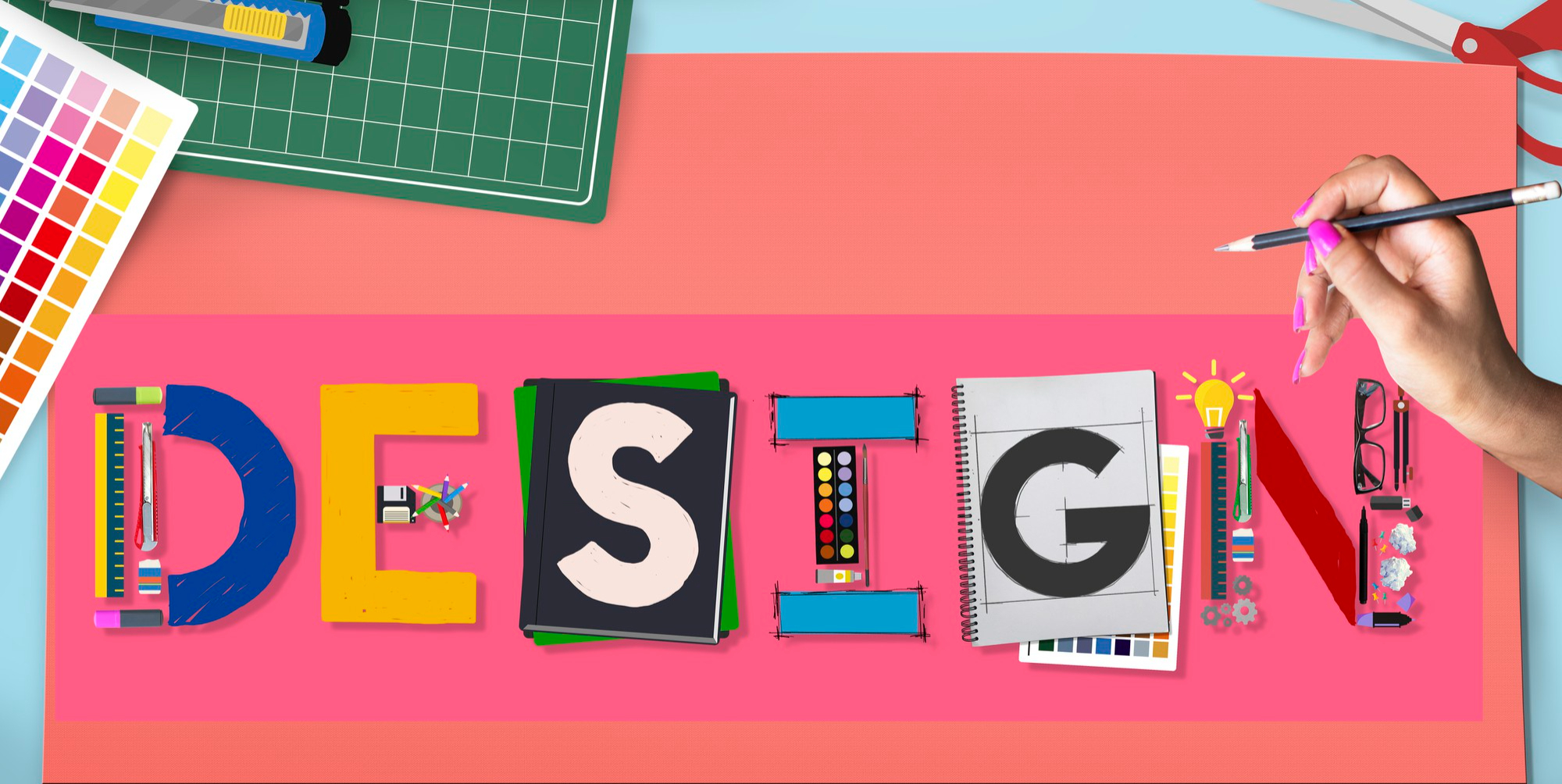Graphic design has advanced greatly with the arrival of artificial intelligence (AI). Designers today have access to a wide choice of innovative solutions that optimize processes, boost productivity, and unleash new possibilities thanks to the incorporation of AI technologies into the creative process. We’ll look at the top AI tools for graphic design, their features, and how they’re transforming the business in this piece.
Introduction
AI has emerged as a game changer in a range of fields, including graphic design, in recent years. AI-powered tools have the capability to automate repetitive tasks, provide intelligent suggestions, and offer creative solutions that amplify designers’ capabilities. Let’s delve into the world of AI tools and their role in revolutionizing graphic design.
Understanding AI in Graphic Design
AI in graphic design refers to the use of machine learning techniques and computer models to aid designers in many elements of their job. These tools leverage vast amounts of data to analyze patterns, learn from user inputs, and generate output that aligns with design objectives. They empower designers to save time, improve efficiency, and explore novel design directions.
AI Tools for Graphic Design and Enhancement
One of the primary areas where AI shines in graphic design is image editing and enhancement. Advanced AI algorithms can automatically remove backgrounds, retouch photos, and adjust lighting and colors. These tools enable designers to achieve professional-level results with ease and efficiency.
AI-Powered Design Generators
Design generators powered by AI have gained popularity among graphic designers. These tools utilize machine learning to generate unique design concepts, logos, and illustrations based on user preferences. By providing designers with a starting point or alternative design ideas, these generators foster creativity and speed up the design process.
Automated Layout and Composition Tools
AI-driven automated layout and composition tools have simplified the process of arranging elements on a page. These tools analyze content and suggest optimal layouts, taking into account principles of design, visual hierarchy, and user experience. Designers can save time and experiment with different compositions to find the most effective solution.
AI-Assisted Color Palette Selection
In graphic design, selecting the proper color palette is critical. AI tools can analyze images or user-defined parameters and generate harmonious color schemes based on color theory and aesthetics. These tools assist designers in creating visually appealing designs and ensure consistency across various design elements.
Streamlining Design Collaboration
Collaboration plays a significant role in graphic design projects. AI-powered collaboration tools facilitate seamless communication, version control, and real-time feedback among team members. These solutions concentrate the design process, making it easier to handle various stakeholders and keep everyone on track.
Enhancing Typography with AI
Typography is a fundamental aspect of graphic design, and AI has introduced new possibilities in this domain. AI tools can analyze text, suggest appropriate fonts, and assist in creating visually captivating typography compositions. Designers can experiment with different font pairings and styles to find the perfect typographic expression.
Incorporating AI for Branding and Logo Design
Branding and logo design are critical components of establishing a company’s identity. AI tools can analyze brand values, target audience, and industry trends to generate logo concepts that resonate with the brand’s essence. These tools expedite the logo design process and help businesses make a lasting impression.
The Future of AI Tools for Graphic Design
As AI continues to advance, the future of graphic design holds immense possibilities. AI-powered tools will become increasingly sophisticated, understanding complex design requirements and generating highly personalized solutions. The incorporation of AI into virtual reality (VR) and augmented reality (AR) design workflows will also open up new creative possibilities.
Conclusion
AI technologies have ushered in a paradigm change in graphic design, allowing designers to push limits, simplify workflows, and unleash their creative potential. From image editing to layout composition, and color selection to collaboration, AI offers a diverse range of solutions that enhance efficiency and enable designers to deliver exceptional results.
FAQs
Can AI completely replace graphic designers?
While AI tools offer significant support to graphic designers, they cannot entirely replace human creativity and intuition. Designers bring a unique perspective, storytelling abilities, and emotional connection to their work, which AI cannot replicate.
Are AI-generated designs truly original?
AI-generated designs are created based on existing data and patterns, but they can serve as a starting point or inspiration for designers to further refine and personalize. The human touch is essential to inject originality and context into AI-generated designs.
Are AI tools for graphic design accessible to beginners?
Yes, many AI tools for graphic design are designed to be user-friendly and accessible to beginners. They often come with intuitive interfaces and tutorials to assist users in getting started and exploring the capabilities of the tools.
Do AI tools compromise the uniqueness of design?
AI tools provide designers with suggestions and automate certain tasks, but the final creative decisions still rest with the designer. Designers can leverage AI tools as aids to enhance their creativity and achieve unique design outcomes.
Where can I access AI tools for graphic design?
There are various AI tools available for graphic design, both as standalone software and online platforms. Many reputable design software companies and creative technology firms offer AI-powered features and plugins that can be integrated into existing design workflows.

